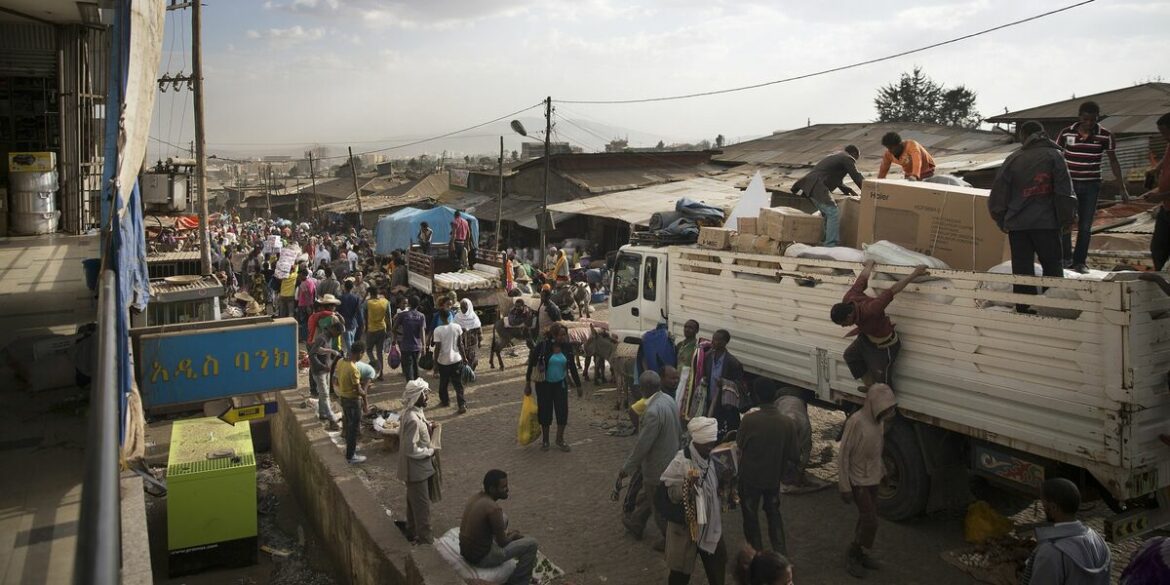The International Monetary Fund (IMF) projects that the East African economy will grow at 5.6 percent, but the region’s business lobby says external and domestic shocks could impact the positive outlook.
The East African Business Council (EABC) cites the global economic slowdown, rising commodity prices, high inflation, liquidity, the war in Ukraine, international trade policies, tightening of global financial conditions, and exchange rate depreciation.
“Global dynamics do play a part in our economic growth. When you start seeing double-digit borrowing in Kenya, Tanzania and Uganda, a high cost of liquidity and slow intra-EAC trade, the economy is unlikely to grow as fast as predicted,” said Jas Bedi, EABC vice-chairperson and chairperson of the Kenya Private Sector Alliance (Kepsa).
“In Kenya, Uganda, Tanzania, and Rwanda, liquidity is low and discontinuous, reducing its efficacy. There is also a high number of applications of stay, which end up reducing the volumes of intra-regional trade,” Mr Bedi said.
The percentage share of intra-EAC trade to total global trade remained at 15 percent in 2020-2023, calling for a boost of manufacturing productivity, diversification, import substitution and competitiveness.
According to IMF’s World Economic Outlook (2023), the EAC is poised for 5.6 percent economic growth this year, from 4.9 percent in 2023.
According to the IMF report, East Africa’s real gross domestic product was propelled by its services sector, contributing almost half of the growth in 2022 and 2023. However Mr Bedi argues that EAC should be aiming at double-digit economic growth.
“The biggest problem today is the stays of application, which are politically driven. We are distorting trade within the region, as it does not encourage local manufacturing,” he said.
He also cited disharmony of taxes created by these stays of application non-tariff barriers.
“If you look at various macroeconomic indicators and how they are behaving today, it shows there will be no major economic multiplier effect. This is replicated in Kenya, Tanzania and Uganda. The outlook is not so good for 2024,” said Job Wanjohi of the Kenya Association of Manufacturers (KAM).
Macroeconomic indicators include various economic measures, public finance, disposable income, inflation and world trade.
Disposable income levels are influenced by factors such as taxation policies, wage growth, and social welfare programmes, impacting consumer spending and overall economic demand.
In Kenya, tax yields have been dwindling, declining from 16.2 percent in 2013 to 14.1 percent in 2023, according to the Central Bank of Kenya, meaning revenue collection has not kept pace with economic expansion.
Fuel consumption declined in the first nine months of 2023, with a noted stagnation in the production and consumption of cement, indicating muted investment activities.

